Built-in airstairs are an option for Boeing 737 customers, but why is it that we don’t see them on any passenger jets of the A320 family?
For many airline passengers, especially in the US, jetways are the norm at most airports. Using stairs to get in and out of a plane typically involves smaller aircraft, at smaller airports. But this certainly isn’t the case everywhere in the world. And sometimes, there are operational reasons making airstairs an option worth considering.
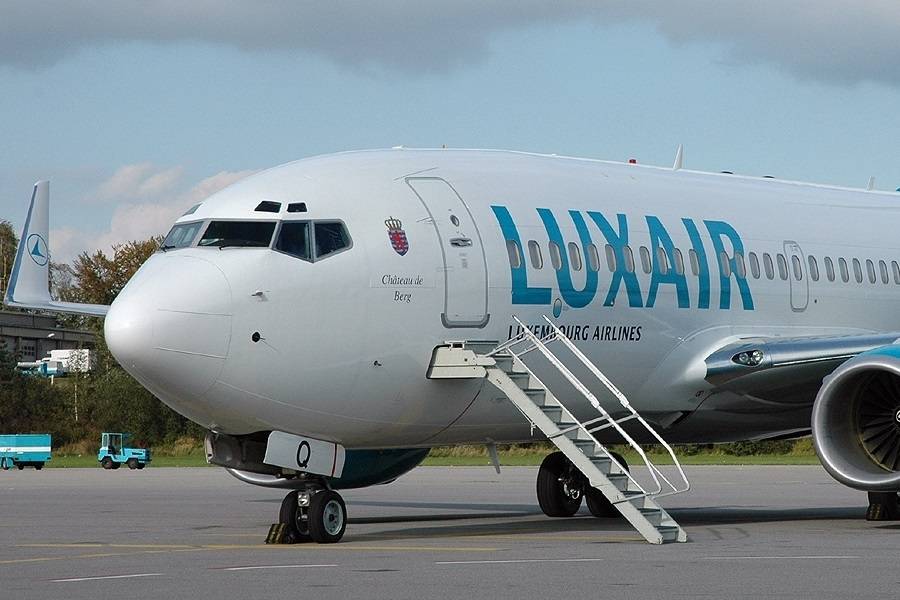
Built-in airstairs used to feature on just about all small aircraft: DC-9/MD-80s, 727s and 737s all had them. And obviously, even smaller regional and business jets have them, too. So what about the Airbus A320 family? Obviously, it is a newer aircraft design than the ones we already mentioned, but it has the same role as the 737, for instance. So why don’t we see it with airstairs?
Aircraft age matters here, but not as directly as you might think. Sticking with Boeing, when the 727 came to the market, it made sense to have the fuselage as low to the ground as possible. This made it easy for ground crews to handle luggage by hand, without specialized airport equipment. And it also meant that built-in airstairs could be small, and light. The 727 had airstairs in the rear, between the engines, but it could have them on the front-left door, as well.
737 Inheriting Built-In Airstairs
The newer 737 “borrowed” many of the features of the 727, including its distance from ground level (more or less). So its airstairs could be relatively light, too. Boeing made aircraft with built-in airstairs in both the front and rear left doors. However the latter is quite rare, generally involving ‘Combi’ passenger-freighter models (see below).
The passage of time meant that when Airbus launched the A320, even smaller airports had the necessary equipment for baggage handling. So the aircraft’s low position had little value, in this regard. This aspect of baggage handling was probably more important than the proliferation of jetways, in getting these Airbus jets to sit higher on the ground.
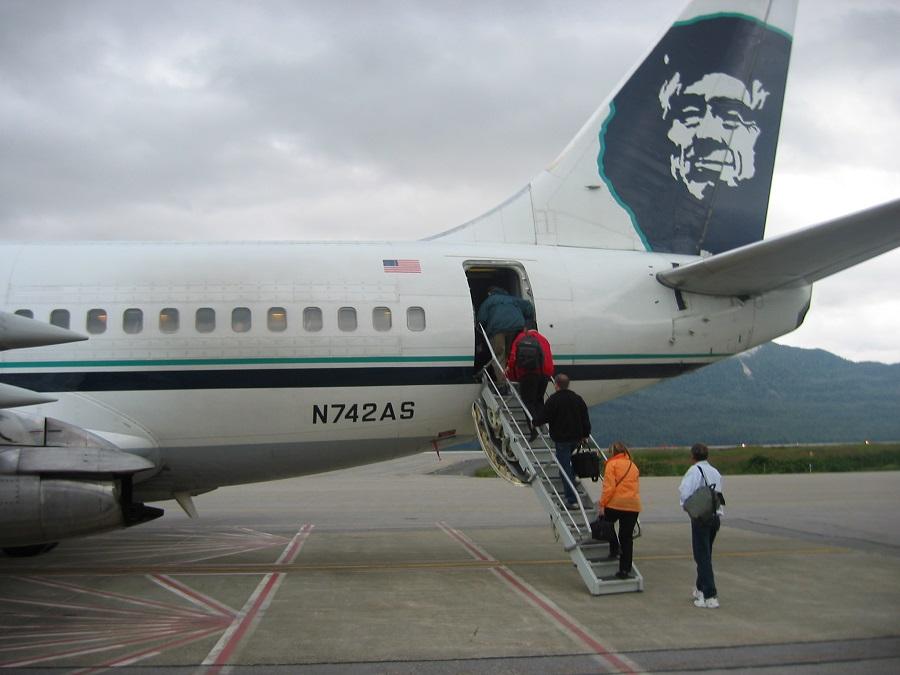
But the primary factor here is engines. Well before Airbus thought of the A320, high by-pass turbofan engines, with larger fans, had become the standard in aviation. As a rule of thumb, the bigger the fan, the more efficient the engine can be – other things being equal. So, built-in airstairs for Airbus aircraft would need to be much longer, and heavier. How much longer?
Airstairs for a 737NG or MAX have 12 steps. If Airbus A320 airlines had built-in airstairs, they would need 16 steps. Uninstalling a set of these stairs from a 737 would save the airline about 200 lbs (91 kg) of weight. So the 33% longer stairs on an Airbus, would be that much heavier.
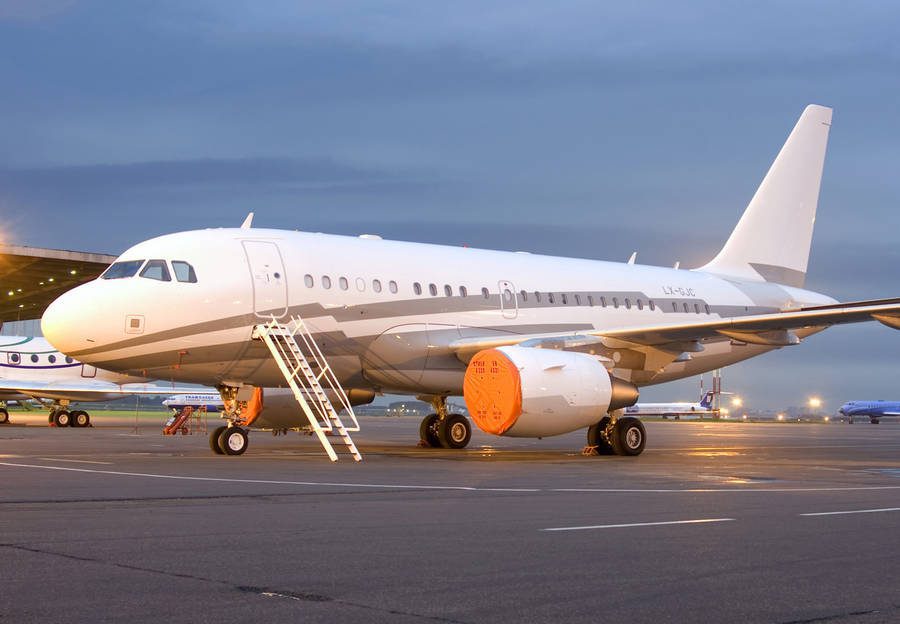
OK, What’s That, Then?
So, here’s the thing: the reason we know that Airbus built-in airstairs would have 16 steps, is because they exist! Yes, despite the height of its jets of the ground, Airbus actually incorporated this feature in its aircraft. It was an option for early (100-series) Airbus A320-family jets. However, as far as this author could find, no airline opted to have them. But the rectangular cover for the steps is visible under the L1 door in some older A320-100 aircraft.
However, Airbus also makes ‘bizjet’ versions of its aircraft. Built-in airstairs are standard equipment in these jets. There are also after-market airstairs, for airliners getting a new career as business jets. In their case, the luxury of not having to coordinate with ground handlers for stairs matters more than the weight. And that brings us back to why some airlines still opt for such airstairs today.
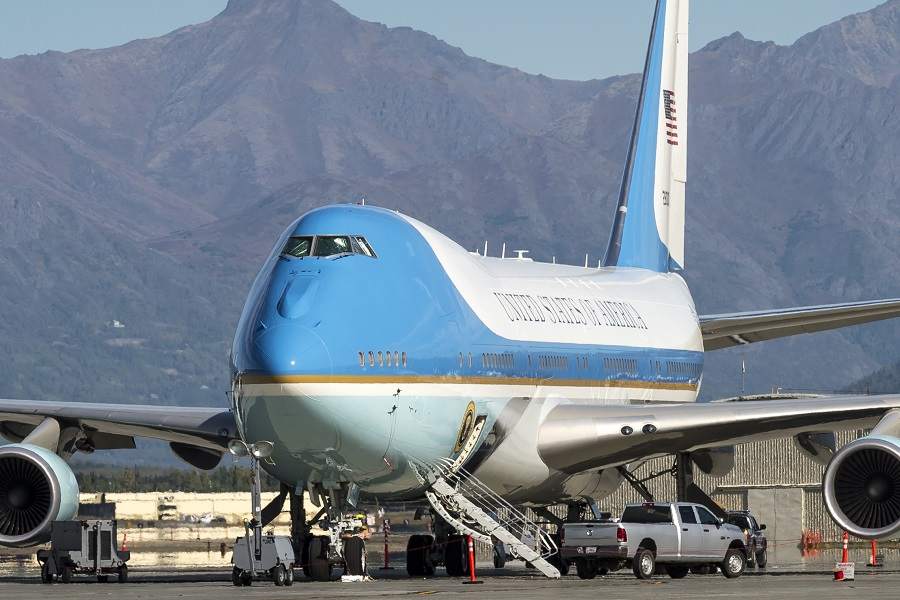
Several airlines in Europe, Asia and elsewhere, have 737s with built-in airstairs. West of the Atlantic, Canada’s WestJet has several aircraft that were delivered with these stairs. Using these stairs allows airlines to save on airport fees, but it can also save them time. With quick turnarounds being at a premium with many carriers today, delays at a small airport during the busy summer season can prove costly.
But the fuel cost of carrying the extra weight, for the even-heavier built-in airstairs in A320s, apparently is too much. So even low-cost carriers operating Airbus aircraft, aren’t opting to have them. Nevertheless, the ability to have such stairs is an operational factor for LCCs. And it becomes important when one of them switches from an all-Boeing to an all-Airbus fleet!

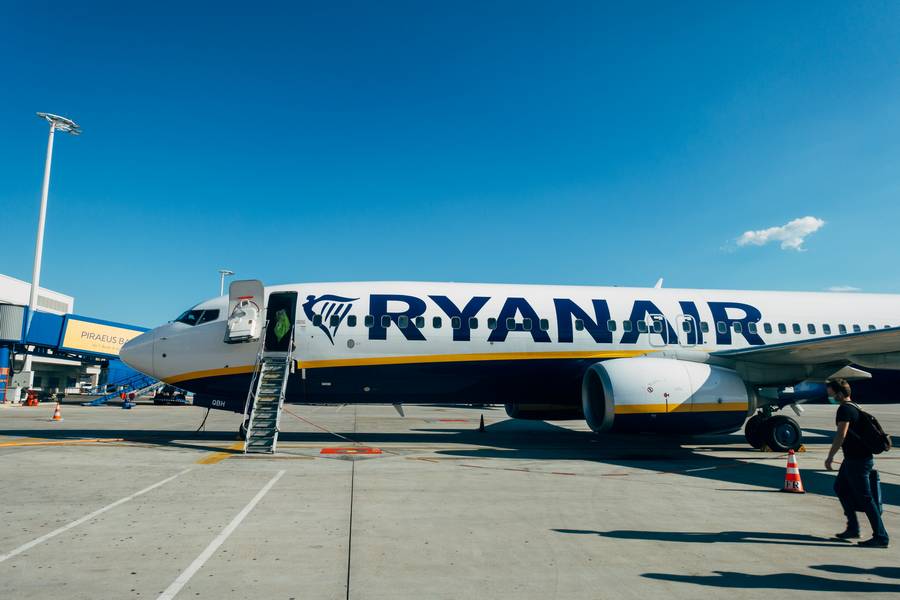



2 comments
franklynweber
Hmm, the potential problems one can imagine with such a system are too numerous to mention here, but the issue of an emergency diversion to an airport which wasn’t equipped with “smart powered pallets” is the most glaring one. Or how to handle short times between landing aircraft (high speed back-tracking? Scary…). Not sure we’re going to see this any time in the next thousand years 😂
Vernon Thiede
How heavy is the Landing Gear and all the Equipment to support it? The Gear is only needed on the ground so why take it with you? Imagine a “Smart Powered Pallet” that moves the airframe to the runway and assists with power down the runway until she lifts off “free and clear”. Now imagine the SPP accelerating down the runway to match speed with an incoming jetliner and gently catch and lock her in while providing additional braking power. That is the future Mate!